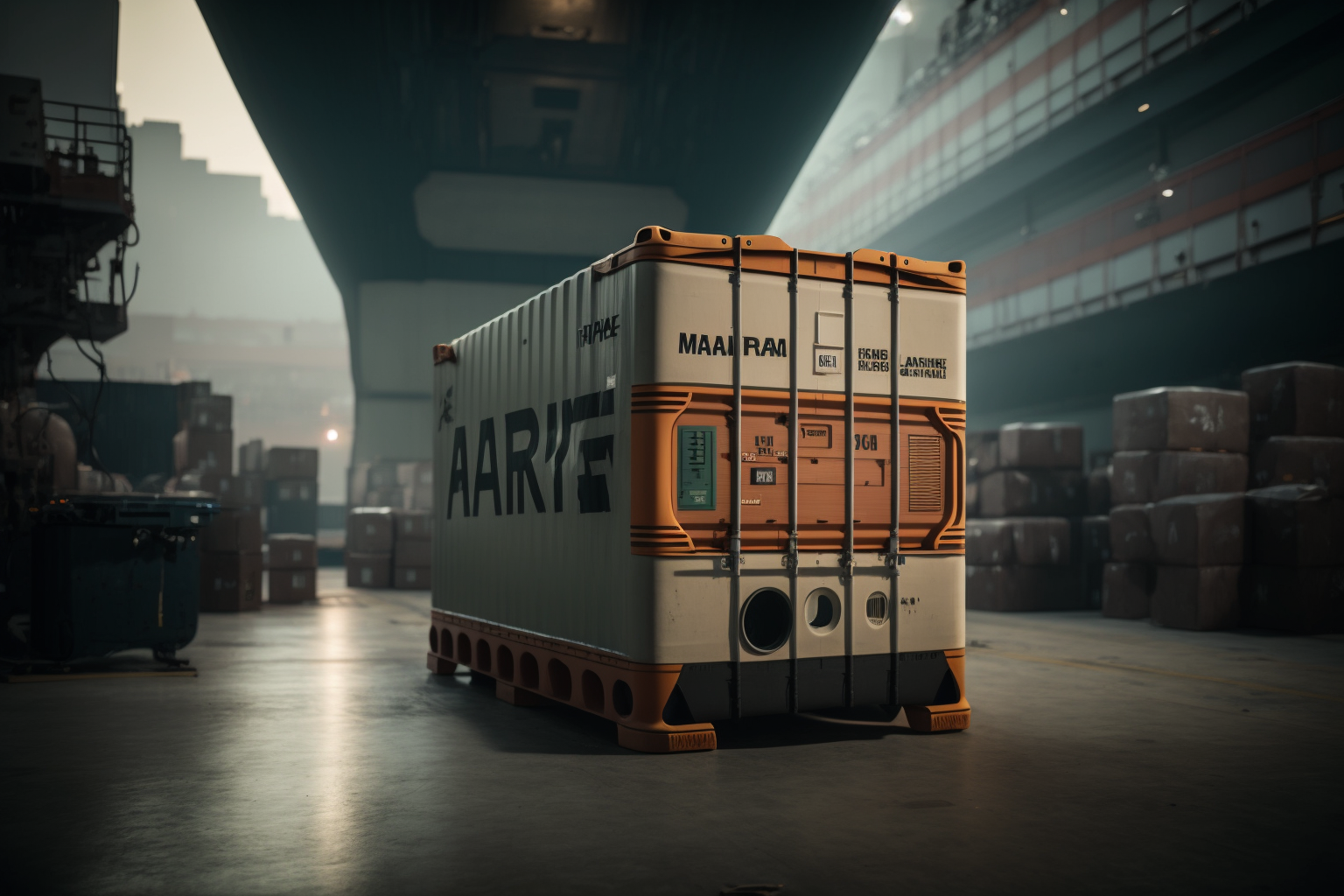In an increasingly interconnected global economy, managing the challenges of shipping goods between China and the United States can be a tricky business. From complex regulations to long transit times, navigating the transportation of goods between these two countries is full of obstacles. In this article, we will explore the various challenges that companies face when shipping goods between China and the United States, and offer practical advice on how to overcome them.
Understanding the Complexities of International Shipping
International shipping is complex, to say the least. With different regulations, taxes, and transit times across the globe, it can be difficult to navigate.
- First, it’s important to understand the regulations involved in international shipping. Each country has its own set of rules and regulations, and it’s important to be aware of them before shipping. It’s also important to understand the different taxes and fees involved in international shipping. Depending on the type of goods being shipped, these fees can vary greatly.
- Second, it’s important to consider the transit times associated with international shipping. As goods travel across the globe, transit times can vary greatly depending on the location and mode of transportation. Also, delays can occur due to customs inspections, weather conditions, and other unforeseen circumstances.
- Finally, it’s important to consider the costs associated with international shipping. Not only do shipping fees and taxes vary from country to country, but there are also additional costs associated with insurance, storage, and packing materials.
Overall, international shipping can be complex and time-consuming, but with the right knowledge and preparation, it can be managed effectively. By understanding the regulations, taxes, transit times, and costs associated with international shipping, companies can ensure that their shipments arrive safely and on time.
Navigating the Different Tariff Regulations
- First, it’s important to understand the different types of tariffs. Depending on the country, goods can be subject to import tariffs, export tariffs, value-added taxes, and other fees. According to the World Bank, these tariffs can vary widely across countries and depend on a variety of factors such as the type of good being shipped, the country of origin, and the country of destination.
- Second, it’s important to consider the different regulations and requirements that come with each tariff. Depending on the type of goods being shipped, there may be certain requirements that need to be met in order to qualify for certain tariffs. It’s important to research these regulations before shipping goods.
- Finally, it’s important to understand the different exemptions and preferences associated with certain tariffs. For example, certain countries may offer preferential tariffs for certain goods, or may offer exemptions for goods that are shipped to certain countries.
Overall, navigating the different tariff regulations can be a complex task. However, with the right knowledge and preparation, it can be managed effectively. By understanding the different types of tariffs, regulations, and preferences, companies can ensure that their shipments are compliant with the regulations and benefit from the lowest possible tariffs.
Developing an Effective Logistics Strategy
Having an effective logistics strategy is essential for any business. From optimizing supply chains to ensuring customer satisfaction, logistics plays an increasingly important role in a company’s success.
Developing a logistics strategy can be a complex process, but it is worth investing the time and resources to get it right. Here are some tips for developing an effective logistics strategy:
- Analyze Your Current Logistics Process: Take the time to understand your current logistics process and identify areas for improvement. Make sure to evaluate customer feedback and use data-driven insights to determine what is currently working and what needs to be improved.
- Establish Clear Goals and Objectives: Having clear goals and objectives will help you develop a successful logistics strategy. Consider factors such as cost, speed, and customer satisfaction when setting these goals.
- Create a Plan of Action: Once you have determined your goals and objectives, create an action plan to reach them. This plan should include detailed steps and timelines for each task.
- Utilize Technology: Technology can be a powerful tool for streamlining logistics processes and improving customer satisfaction. Invest in the right technology and make sure to provide employees with the training they need to use it effectively.
- Monitor Progress: Once your logistics strategy is in place, make sure to monitor its progress. Use data and customer feedback to understand what is working and what needs to be improved.
By following these tips, you can create an effective logistics strategy that meets your needs and helps you reach your business goals. With the right strategy in place, you can achieve greater success and customer satisfaction. Also, we recommend reading our article on how to improve logistics efficiency on the sea route between China and the USA.
FAQ
Depending on the type of goods being shipped, different taxes and fees can be involved. These fees can vary from country to country and include import tariffs, export tariffs, value-added taxes, and other fees.
Technology can be a powerful tool for streamlining logistics processes and improving customer satisfaction. Companies should invest in the right technology and make sure to provide employees with the training they need to use it effectively.
To develop an effective logistics strategy, companies should analyze their current logistics process, establish clear goals and objectives, create a plan of action, utilize technology, and monitor progress.

